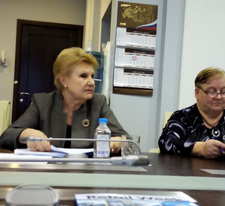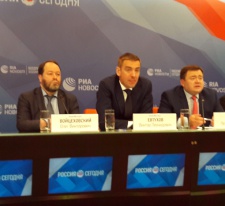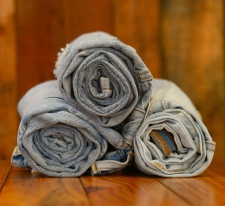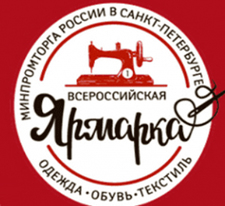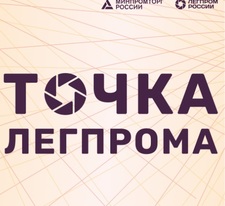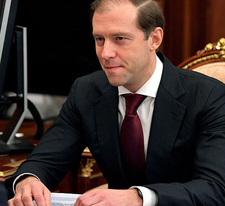The Ministry of Industry and Trade discussed the development of the domestic linen complex
In mid-July, the Ministry of Industry and Trade of the Russian Federation held an interdepartmental meeting with representatives of light industry enterprises on the development of the flax complex of Russia.The president of SOYUZLEGPROm,Andrey Razbrodin took part in its work.
As noted by the Deputy Minister of the Ministry of Industry and Trade of the Russian Federation,Viktor Yevtukhov, and other participants of the meeting, the situation in flax growing and in general in the flax complex of the country remains difficult, and not for the first year. The main reasons for this bleak state of affairs are as follows:
- there are no system solutions to provide these interconnected sectors with sufficient and affordable financing, which makes it difficult to develop and implement innovative domestic technologies for the cultivation and complex processing of flax;
- in these sectors, high depreciation of fixed assets remains (at least 70%);
- there are serious problems with the flax seed fund.
Head of the Board of DirectorsLLC TDL Textile, Mikhail Shmelev, speaking at the meeting, said that the domestic supply of Russian flax fiber is only 3,400 tons, according to forecasts for 2017, even does not cover the demand of the enterprise. In addition, the quality of this raw material remains, as a rule, low, which naturally increases the cost of its processing, and even taking into account the culling.
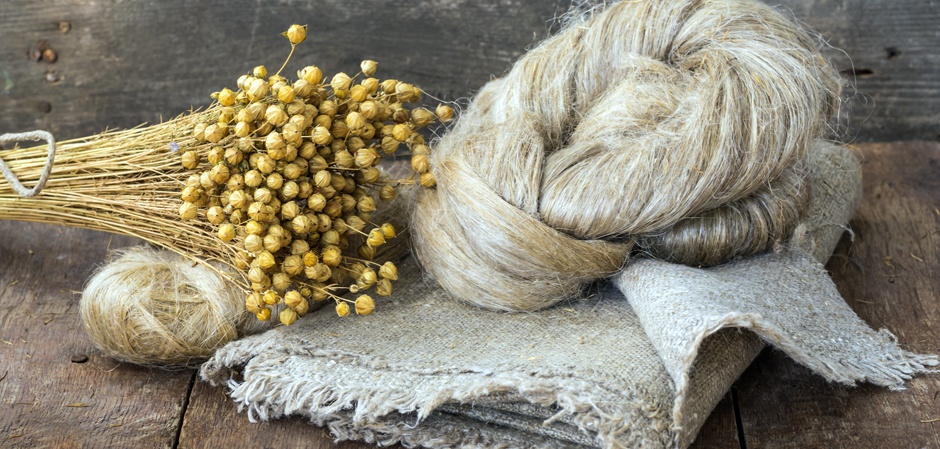
To solve the problem, enterprises have to make additional efforts. So, LLC "Balin Manufactory"introduces the technology of cotonization of flax fiber. And since 2018, it has been forced to start cultivating high-cost varieties of longhorn that have the best quality parameters, since the demand is LLC "Balin's Manufactory" for flax raw materials is now 120 tons/month, and by 2019 it will increase to 300 tons/month.
Similar assessments were made by other enterprises participating in the meeting.
The demand of the light industry of the Russian Federation for high-quality flax fiber is very high, especially in such positions as home textiles, nonwovens and technical fabrics. But the supply of raw materials is unsatisfactory due to the total underfunding of the flax cultivation process. Which, in turn, leads to growing costs in flax growing and processing of long-tail. The consequence of this is uncompetitive prices in comparison with Belarusian flax products.
In addition, in Russia, unlike Belarus, the actual level of direct and indirect state support for the flax complex continues to decline. This is partly due to the conditions of Russia's membership in the WTO. Perhaps the main illustration of this situation is the same area under flax in Belarus and in the Russian Federation with a higher commercial yield in Belarus.
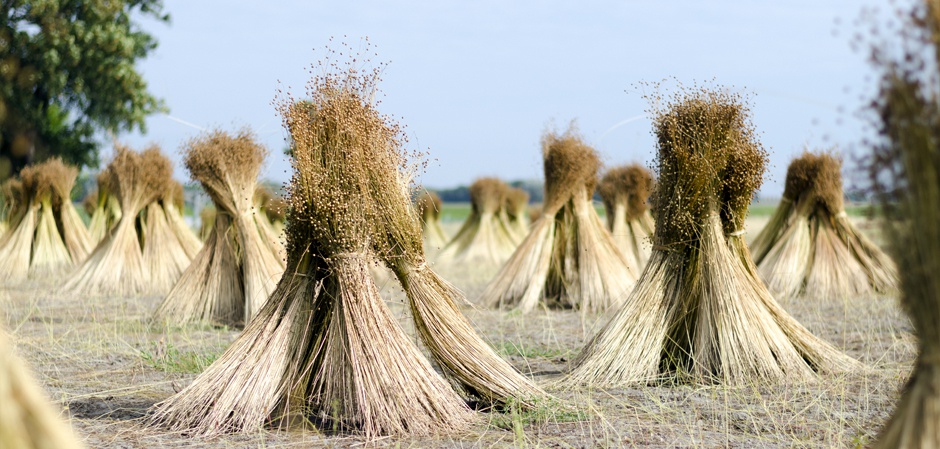
According to the FSBI "FLAX Agency" and a number of specialized enterprises, the total state support of the flax complex per 1 ha of crops in the Russian Federation in 2016 amounted to 200 US dollars, and in Belarus - 1,000 US dollars, that is, more than in the EU region (800 US dollars). The same level of disproportions remains in the current year. In accordance with the domestic demand for flax fiber of proper quality in the Russian Federation, state support is required for its production of 20 thousand rubles per 1 ha. Against purely symbolic 5-6 thousand rubles per 1 ha during 2016-2017.
According to Andrey Razbrodin, flax has many unique properties.Perhaps the most important of them is that flax does not rot in the aquatic environment. Before the revolution, Russia made coarse flax and, accordingly, supplied sea ropes, ropes, nets and other products to other countries in large volumes. But for many years flax has gone out of use as a technical culture. However, in recent years it is beginning to return to this consumption sector. And a number of enterprises participating in our Union have the idea of using flax as an ecological insulation material and are already partially being implemented. To do this, short-fiber flax is needed, which mainly grows in Russia. In Belarus, long-fiber flax grows mainly. So it is quite possible to have an optimal division of labor in this segment of the economy of the Union State.
"Sometimes it is not profitable for us to build our own in this area, but it is more profitable to cooperate with Belarus."
Andrey Razbrodin, head of SOYUZLEGPROm
Following the meeting, a decision was made:
- Department of Development of Internal Trade, Light Industry and Legalization of Product Turnover (Ministry of Industry and Trade of the Russian Federation) together with interested associations and enterprises to prepare by August 15, 2017 a feasibility study regarding the assessment of the introduction of an annual state support mechanism of 200 million rubles. for enterprises producing flax fiber products;
- The Department of Crop Production, Mechanization, Chemicalization and Plant Protection (Ministry of Agriculture of the Russian Federation) by the same date to prepare a feasibility study regarding the assessment of the increase in state support for the development of flax growing in the Russian Federation to 20 thousand rubles per 1 ha. with consideration for the costs of technical re-equipment, seed production, fertilizers and other andcalculate the multiplicative effect of the specified increase in state support.
The mentioned and related issues of the linen complex, as stated in the Minutes of the meeting, are planned to be considered at a meeting on the problems of the Russian light industry scheduled for August, chaired by the President of the Russian Federation, Vladimir Putin.
Photo: shutterstock.com


